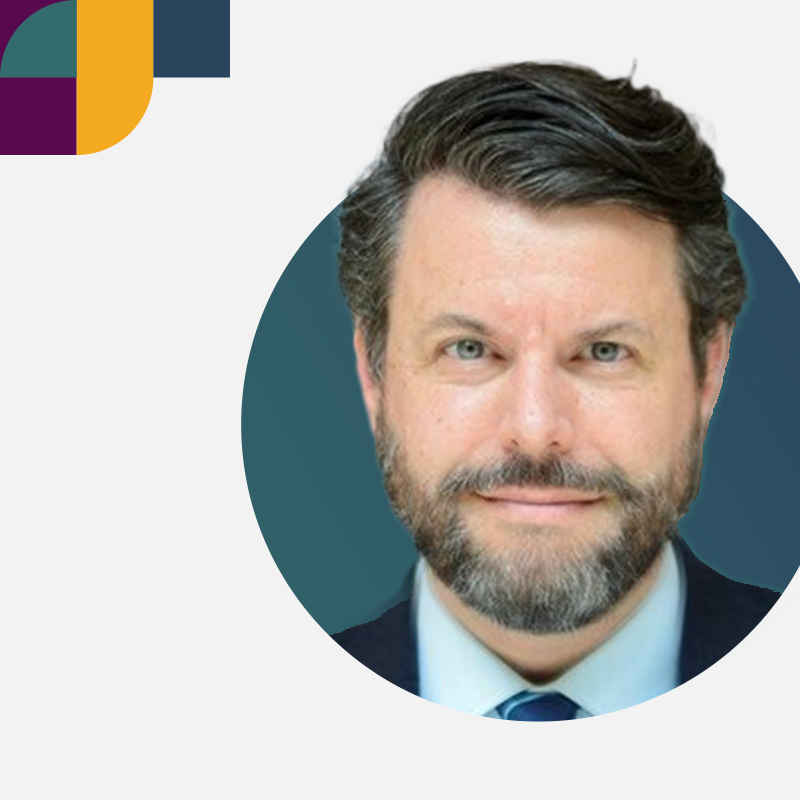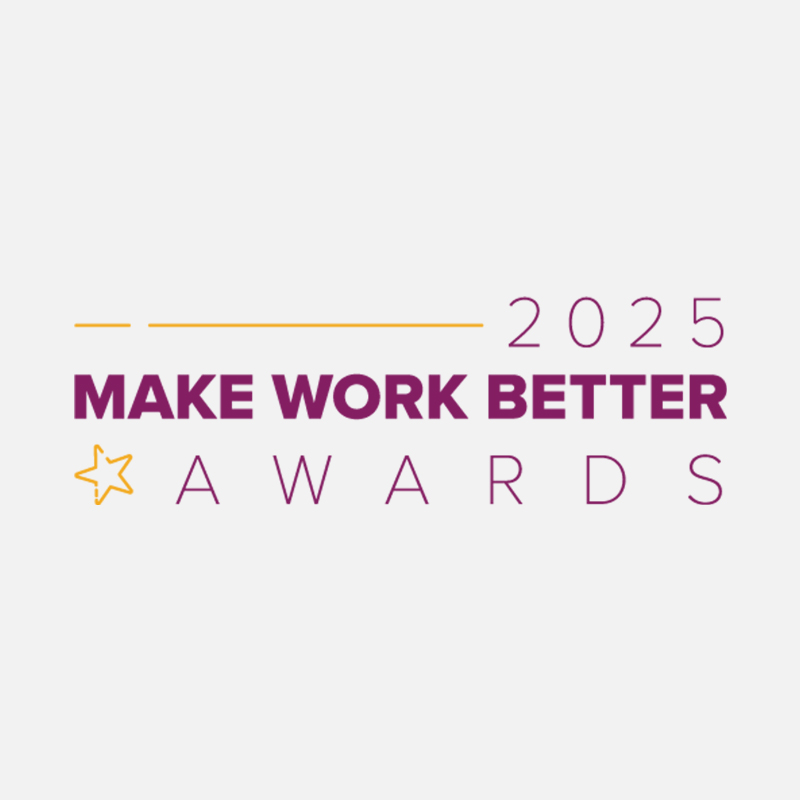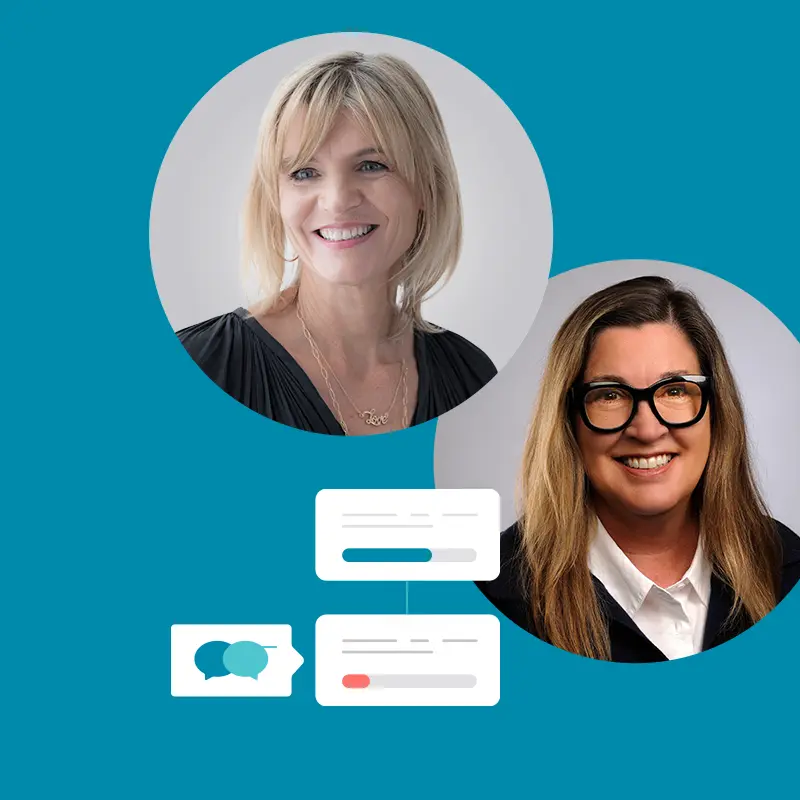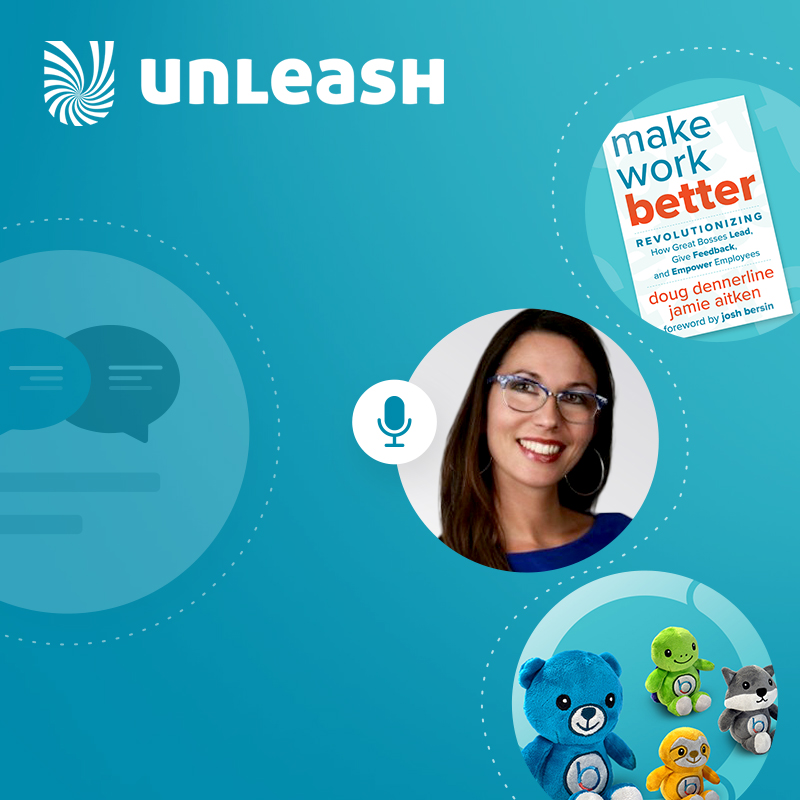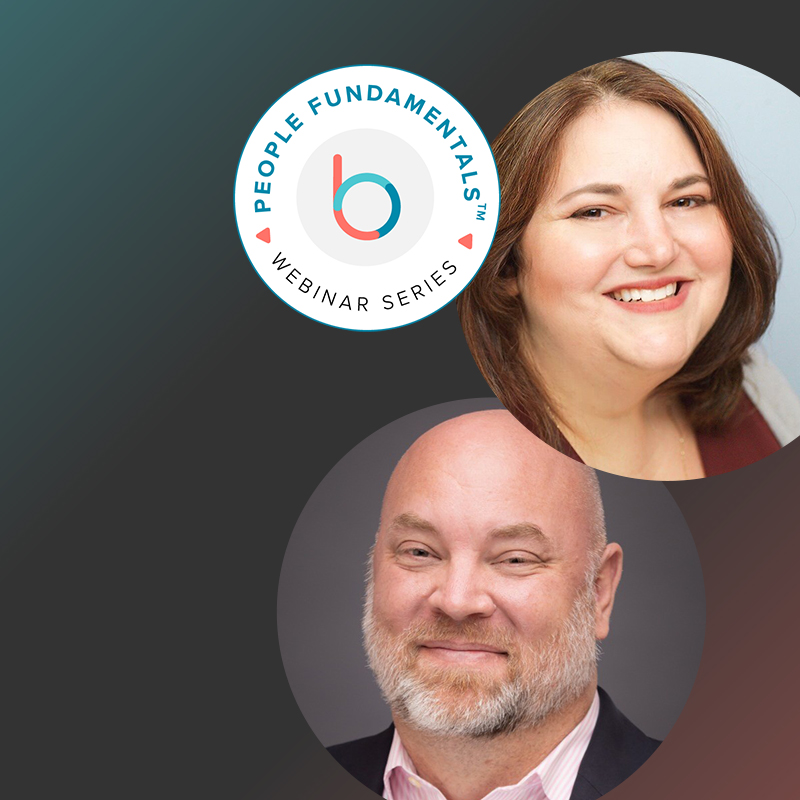Habits shape the culture and performance of every organization — and if those habits aren’t intentionally designed, they’ll happen by default. For HR leaders, this reality presents both a challenge and an opportunity. Habits emerge naturally within your organization, but without careful guidance, they can stifle productivity, hinder collaboration, and damage morale.
The alternative? Take an active role in cultivating healthy, intentional habits that drive both individual and organizational success. “One of the things that HR professionals do well is they really think about this,” says Charles Duhigg, The New York Times bestselling author of The Power of Habit and Supercommunicators. “They think about how adding someone to the culture will influence habits. They think about which habits to encourage and which to discourage.”
By understanding how habits work and how they shape workplace culture, you have a unique opportunity to create an environment where positive habits thrive and align with business goals. That’s why we met with Charles, ahead of his keynote address at Betterworks’ upcoming EmpowerHR 2025, to hear his advice on creating the right organizational habits.
Take advantage of disruption
Disruption creates the perfect moment to rethink workplace habits. When the environment around us changes, our routines and behaviors can’t help but shift, too. “During times of significant change, one of the things that happens is that habits tend to become destabilized,” Charles says. “So it’s easier to form new habits, to change old habits, when the environment around us has changed, when the context has changed, and the cues and rewards that we normally respond to have shifted.”
For HR leaders, this presents a chance to be more intentional moving forward. “I think really smart HR executives and leaders recognize that this is an opportunity when people become more flexible and we can encourage them to live in better, more productive, healthier ways.”
Whether it’s adapting to new ways of working or integrating cutting-edge tools like AI, moments of change allow you to establish workplace habits that are more aligned with business goals. By leveraging moments of disruption, you can foster habits that create lasting value.
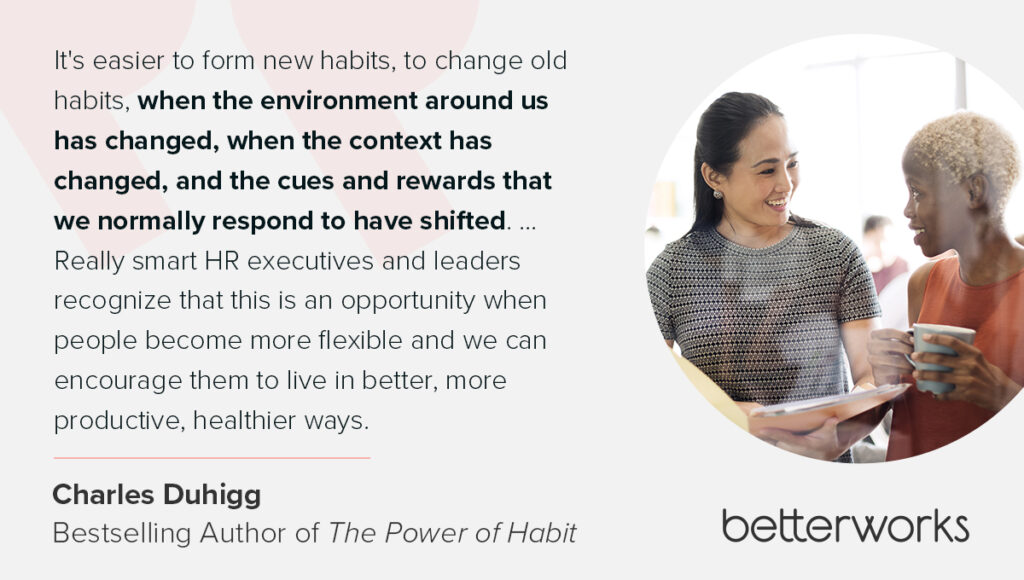
Accelerate feedback cycles
Immediate performance feedback is essential for reinforcing good habits and stopping bad ones before they take root. The longer the delay between an action and feedback, the harder it becomes to connect the dots and make meaningful changes. Traditional annual performance reviews often fall short because they provide feedback long after the moment has passed. By the time the conversation happens, it’s difficult for employees to recall the behavior in question — let alone adjust it.
“Immediacy is really, really important,” Charles says. “If I tell you, ‘Six months ago, you did this thing really well, and you did this thing really poorly, and I’d like you to change,’ it’s going to be very, very hard for that habit loop, that behavior feedback system, to be effective, because just too much time has passed.”
This is where continuous performance management becomes a game-changer by strengthening the connection between actions, cues, and outcomes. “Continuous performance management allows us to give immediate feedback,” Charles says, “and we know that the immediacy of feedback is really, really important to how much that feedback can be used and how much change it creates.”
Experiment with different rewards
Rewards play a critical role in reinforcing habits, but not all rewards work the same way for everyone. While some employees thrive on recognition and praise, others may be more motivated by increased responsibility, autonomy at work, or other incentives. Understanding what drives each individual is key to making habit formation and change more effective.
Learning individual drivers requires you to experiment and collect data. “One of the things that getting a lot of data allows us to do is to determine what rewards work best for what people,” Charles says. “Because everyone reacts to different rewards.”
By analyzing how employees respond to different incentives, — you can identify what motivates each person most. “I can look at your productivity last week after I gave you the reward of more freedom, or I can look at your productivity after I gave you the reward of praise,” Charles says. “That helps me understand what rewards matter most to you.”
Experimenting with different types of rewards isn’t just about improving productivity; it’s about fostering a culture where employees feel truly valued. By tailoring rewards to individual preferences, you can create a workplace environment where positive habits are reinforced, and motivation thrives.
Want to learn more about HR’s role in building workplace habits? Register to attend Empower HR 2025.
HR leaders…Get inspired!
